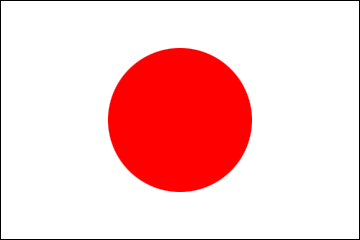令和4年度国際交流基金事業海外巡回展 (令和5年1月24-31日)
令和5年1月31日
On 24th January 2023, Travelling Exhibition called Photographic Images and Matter – Japanese Prints of 1970s was inaugurated at the Japan Information and Culture Center. It’s been organized by Consulate General of Japan in Karachi, in collaboration with Pakistan Japan Culture Association – Sindh, in cooperation with Japan Foundation. It is a seven days long exhibition open for everyone to visit in Karachi, from January 24th – 28th, 30th and 31st 2023. 51 art pieces from 14 Japanese artists are being exhibited from 1970s.
The Consul-General of Japan in Karachi, Mr. ODAGIRI Toshio, was present at the inauguration and made an opening speech, welcoming everyone to visit the prestigious exhibition, which takes place once a year.
Many famous personalities were part of the event including Ms. Noor Jehan Bilgrami who was the keynote speaker, Ms. Rabia Farooqui who was the guest speaker and some famous artists were present including Mr. Farrukh Shahab and Mr. Tanveer Faruqi.
The exhibition depicts important trends in prints during the 1970s, focusing on print-inspired trends in contemporary art of the same period. The exhibition is divided into 2 sections: An age of Photographic Expression and Images of Autonomous Matter.
An age of Photographic Expression is the section that focuses on prints made using techniques like silk-screening, offset printing and photoengraving making it easy to transform photographic images. Images of Autonomous Matter section is displaying images which shows a new trend that emerged in art using simple substances such as stone, wood, paper, cotton, steel sheets. This period also saw materialization of images, with the intention of expressing something spiritual through matter.
The exhibition attracted over 600 guests in 7 days including various different schools and universities that visited with their students who were interested in learning about Japanese art and how it played an essential role in bringing an evolution in how photographic images were created around the world during 1970s.
Karachi Grammar School, Bayview High, Roots Millennium, Beacon Lite, Karachi Vocational Training Center, Dawood University, Greenwich University, Karachi University and Indus Valley School of Art and Architecture were among the many academic institutes that visited the exhibit.
The exhibition attracted many emerging artists and photographers, visual anthropologists, digital artists and illustrators.
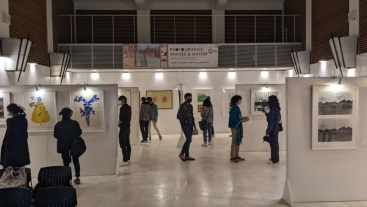
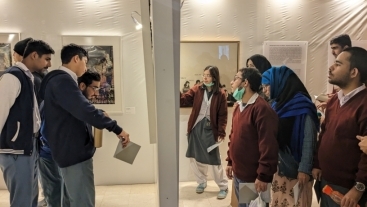
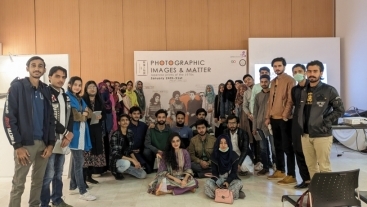
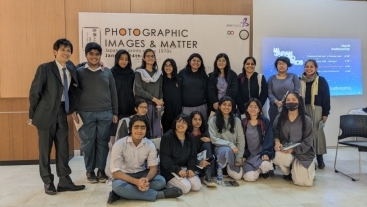
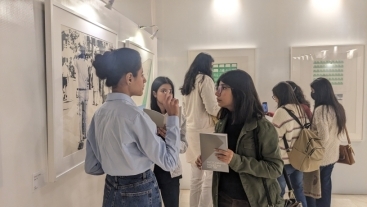

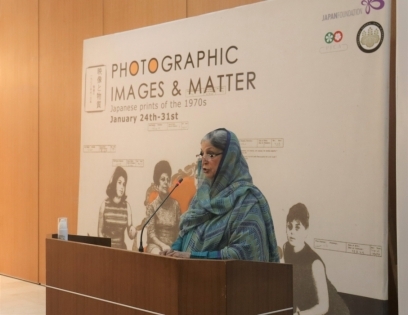
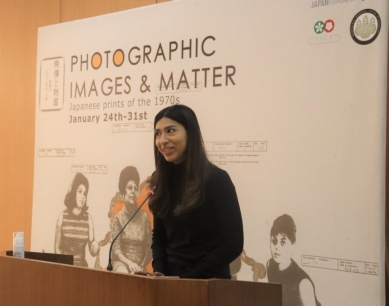
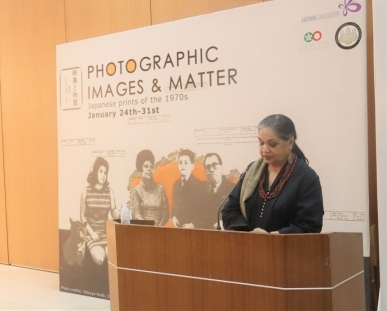
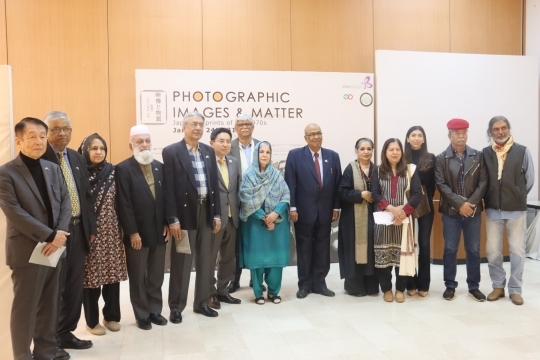
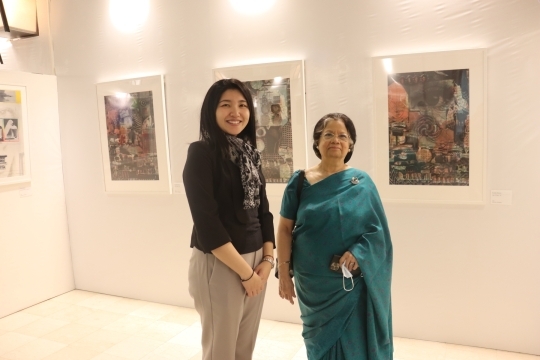
The Consul-General of Japan in Karachi, Mr. ODAGIRI Toshio, was present at the inauguration and made an opening speech, welcoming everyone to visit the prestigious exhibition, which takes place once a year.
Many famous personalities were part of the event including Ms. Noor Jehan Bilgrami who was the keynote speaker, Ms. Rabia Farooqui who was the guest speaker and some famous artists were present including Mr. Farrukh Shahab and Mr. Tanveer Faruqi.
The exhibition depicts important trends in prints during the 1970s, focusing on print-inspired trends in contemporary art of the same period. The exhibition is divided into 2 sections: An age of Photographic Expression and Images of Autonomous Matter.
An age of Photographic Expression is the section that focuses on prints made using techniques like silk-screening, offset printing and photoengraving making it easy to transform photographic images. Images of Autonomous Matter section is displaying images which shows a new trend that emerged in art using simple substances such as stone, wood, paper, cotton, steel sheets. This period also saw materialization of images, with the intention of expressing something spiritual through matter.
The exhibition attracted over 600 guests in 7 days including various different schools and universities that visited with their students who were interested in learning about Japanese art and how it played an essential role in bringing an evolution in how photographic images were created around the world during 1970s.
Karachi Grammar School, Bayview High, Roots Millennium, Beacon Lite, Karachi Vocational Training Center, Dawood University, Greenwich University, Karachi University and Indus Valley School of Art and Architecture were among the many academic institutes that visited the exhibit.
The exhibition attracted many emerging artists and photographers, visual anthropologists, digital artists and illustrators.











